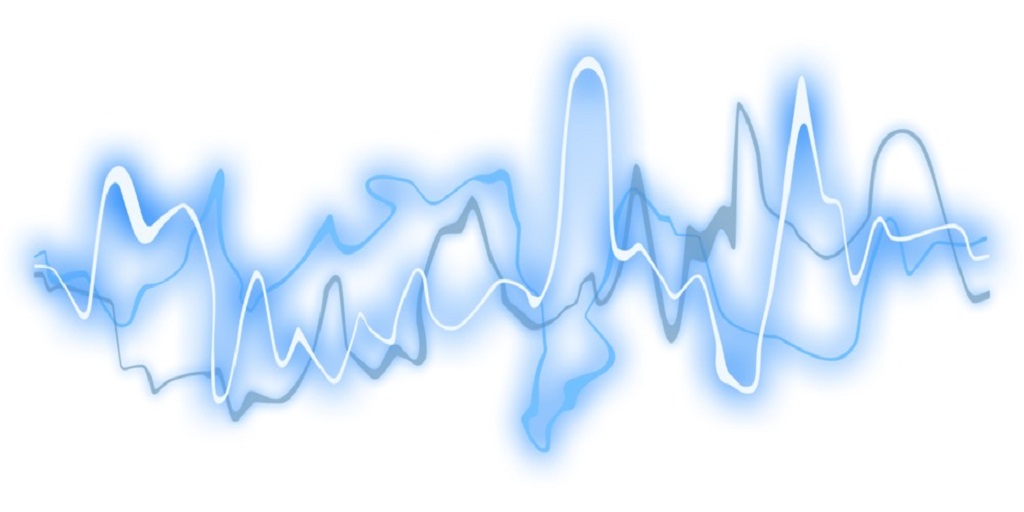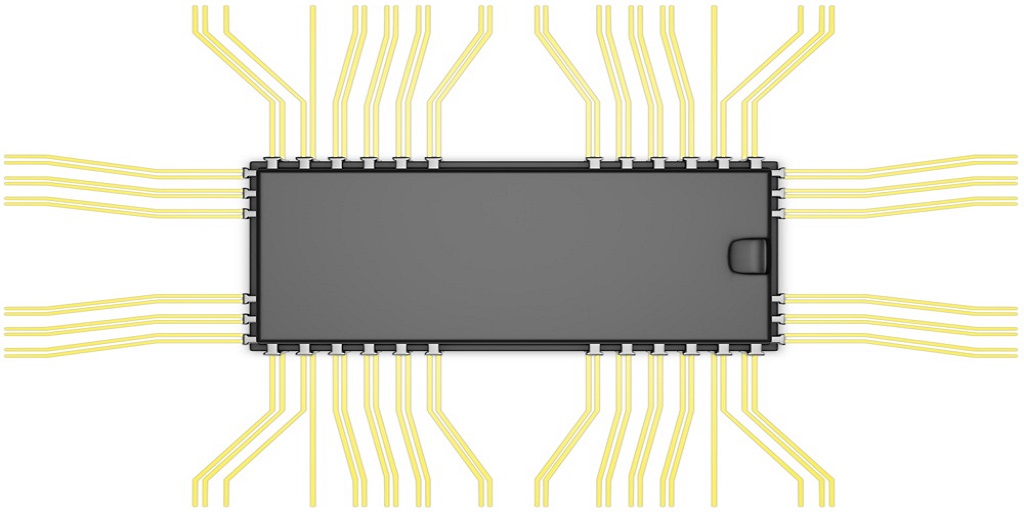Inventors Hall of Fame: Wilson Greatbatch
Wilson Greatbatch was an inventor from Buffalo who I met twice in my life. As a Buffalo, New York patent attorney I am a member of the Niagara Frontier Intellectual Property Law Association (NFIPLA) and he was an attendee at the annual dinner which honors the inventor of the year. He was the first person honored with the award and he attended many of the annual NFIPLA Awards Dinners.
At the award dinner they also award the prize for the best idea from the local grammar schools. I remember a young girl won the award and Wilson Greatbatch let her wear the medal that he received from the Inventors Hall of Fame throughout the evening.
The second time I met him was at a laboratory he created in an old barn in Clarence, New York. I forget who invited me there, but he spoke about the many experiments he was conducting and how he was attempting to come up with new ways to make our world a better place.
There was a formal presentation in which he discussed ways he envisioned harvesting helium-3 found on the moon and using it as the basis of generating nuclear-power through fusion to propel a rocket to Mars or use it as a clean source of energy on earth to replace fossil fuels.
Throughout his life and up until his death he wanted to create and come up with new ways of doing things to help humanity. I’m glad I’ve had the opportunity to meet such a great man and I was greatly saddened to hear of his death last week.
Wilson Greatbatch
Born Sep 6, 1919 died September 27, 2011
Medical Cardiac Pacemaker
Implantable Pacemaker
Patent Number 3,057,356 (PDF)
Inducted into the National Inventors Hall of Fame in 1986.
Wilson Greatbatch received more than 350 national and international patents including one for inventing the cardiac pacemaker, an innovation selected in 1983 by the National Society of Professional Engineers as one of the two major engineering contributions to society during the previous 50 years.
The pacemaker invention is an example of Louis Pasteur’s reflection that “chance favors the prepared mind.” While at the University at Buffalo, New York state, in 1956, Greatbatch accidentally fitted a device for recording heart rhythms with the wrong resistor which resulted in a device which created intermittent electrical impulses.
He was looking for a way to build a device small enough to produce electrical stimulation that could compensate for a failing heart and this was the beginning of the long history of discovering and ever improving the implantable pacemaker. The American Heart Association reports that more 500,000 pacemakers are implanted every year.
“I stared at the thing in disbelief and then realized that this was exactly what was needed to drive a heart,” he wrote in his 2000 memoir “The Making of the Pacemaker.”
Greatbatch has established a series of companies to manufacture or license his inventions, including Greatbatch Enterprises, which produces most of the world’s pacemaker batteries.
“Nine things out of 10 won’t work, The 10th will pay for the other nine.”
Wilson Greatbatch
Invention Impact
His original pacemaker patent resulted in the first practicable implantable cardiac pacemaker, which has led to heart patient survival rates comparable to that of a healthy population of similar age. Implantable cardiac pacemaker have saved and improved countless lives.
Inventor Bio
Born in Buffalo, New York, Greatbatch received his preliminary education at public schools in West Seneca, New York. In 1936 he entered military service and served in the Atlantic and Pacific theaters during World War II. He was honorably discharged with the rating of aviation chief radioman in 1945.
He attended Cornell University and graduated with a B.E.E. in electrical engineering in 1950.
Greatbatch received a master’s from the State University of New York at Buffalo in 1957 after which he became manager of the electronics division of the Taber Instrument Corporation in Buffalo. Because Taber was unwilling to take on the risk of his pacemaker implant experiments, he began his life as an independent inventor and entrepreneur. He started with a mere $2000 and work independently out of his family home with his wife and children in Clarence, New York. Greatbatch died a wealthy man but at this time he needed to grow his own food to support his family.
He was awarded an honorary doctor’s degrees from Houghton College in 1970 and State University of New York at Buffalo in 1984.
In 1979 was awarded the “Dean’s Award for Engineering Achievement” at the State University of New York at Buffalo (UB) School of Engineering and Applied Sciences.
Although trained as an electrical engineer, Greatbatch primarily studied interdisciplinary areas combining engineering with medical electronics, agricultural genetics, the electrochemistry of pacemaker batteries, and the electrochemical polarization of physiological electrodes.
In 1996, at age 76, he received a lifetime achievement award from the Lemelson-MIT Prize board.
Posted with the permission of the National Inventors Hall of Fame™





